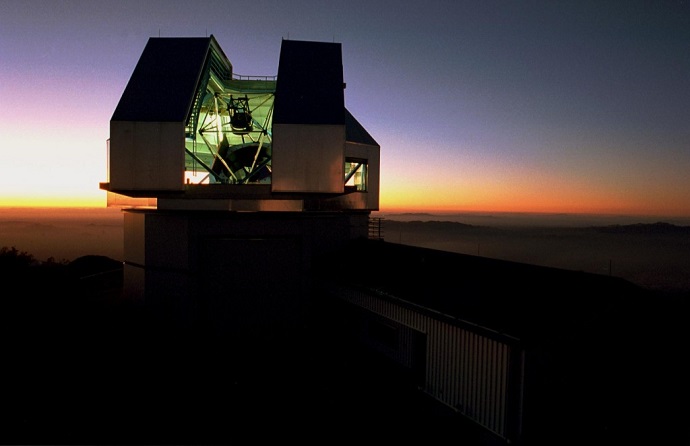1 April 2016
Dr Christian Schwab from the Department of Physics and Astronomy at Macquarie University has developed the optical design for NASA’s new flagship exoplanet finding spectrograph, NEID, a cutting-edge instrument used to detect planets orbiting stars outside our solar system.
Dr Schwab acts as optical lead and co-investigator in Australia for the project team, which will be led by the Pennsylvania State University in the United States to build the $10-million, extreme-precision spectrograph.
“I am delighted to lead the optical work for this exciting and truly international collaboration, which will see my design come to life on a large scale. This is a ground-breaking facility, and the precision it delivers will pave the way for us to discover rocky, earth-like planets orbiting stars outside our own solar system,” said Dr Schwab.
The team, led by Suvrath Mahadevan, assistant professor of astronomy and astrophysics at Penn State University, was selected after an intense national competition. When completed in 2019, the instrument will be the centerpiece of a partnership between NASA and the National Science Foundation called the NASA-NSF Exoplanet Observational Research program (NN-EXPLORE).
“We are privileged to have been selected to build this new instrument for the exoplanet community,” Mahadevan said. “This is a testament to our multi-institutional and interdisciplinary team of talented graduate students, postdoctoral researchers, and senior scientists.” The instrument is named NEID – derived from the word meaning “to see” in the native language of the Tohono O’odham, on whose land Kitt Peak National Observatory is located. NEID also is short for “NN-EXPLORE Exoplanet Investigations with Doppler Spectroscopy.” NEID will detect planets by the tiny gravitational tug they exert on their stars.
“NEID will be more stable than any existing spectrograph, allowing astronomers around the world to make the precise measurements of the motions of nearby, Sun-like stars,” said Jason Wright, associate professor of astronomy and astrophysics at Penn State and a member of the science advisory team. “Our team will use NEID to discover and measure the orbits of rocky planets at the right distances from their stars to host liquid water on their surfaces.”
NEID will be built over the next three years in laboratories at Penn State University and at partnering institutions. It will be installed on the 3.5-meter WIYN telescope at Kitt Peak National Observatory (KPNO) in Arizona. NEID will provide new capabilities for the National Optical Astronomical Observatory (NOAO), which operates the Kitt Peak telescopes. When NEID is completed, astronomers worldwide will have access to this state-of-the-art planet finder.
Astronomer and Penn State Research Associate Chad Bender, who will help to oversee the construction of the instrument, noted that “NEID’s capabilities are critical to the success of NASA’s upcoming exoplanet missions. NEID will follow-up on planets discovered by the Transiting Exoplanet Survey Satellite and also will identify exciting targets to be observed by the James Webb Space Telescope and the Wide-Field Infrared Survey Telescope.”
The NEID team is a multi-institutional collaboration, consisting of exoplanet scientists and engineers from Penn State, University of Pennsylvania, NASA Goddard Space Flight Center, University of Colorado, National Institute of Standards and Technology, Macquarie University in Australia, the Australian Astronomical Observatory and Physical Research Laboratory in India.















